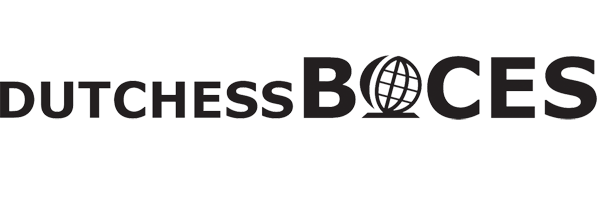Dutchess BOCES’ Individualized Education Program (IEP) writing day is today, Jan. 21, kicking off the process for staff to create IEPs for students in the 2025-2026 school year.
Dutchess BOCES supports students from 28 districts in developing an IEP, a document given to students with a specific disability. There are 13 different categories of disabilities, including speech or language impairment, autism, hearing impairment, vision impairment and traumatic brain injury. IEPs are reviewed each year.
There is a triannual review that involves testing to help educators determine a student’s growth and whether an IEP is still needed.
“This is a day where teachers can all get started on their process, look at all the data they collected and can write the present levels of performance,” said Denise Dzikowski, Dutchess BOCES’ executive director of alternative and special education.
Dzikowski and her assistant director Corinne Safarowic will review the IEP draft before a committee meets to finalize the IEP. The committee may include a district chairperson, school psychologist and teacher; BOCES administrator and classroom teacher; and a parent and parent representative, who may be the parent of another child with a disability.
Coming up with the right IEP and grouping students is a challenging process.
“You might have students with similar age range in the same room, but their needs can still be very different,” said Safarowic. “That is when the IEP is important because they are working on their own individual goals with their own separate accommodations and modifications, and really whatever they need to help them be successful in the programs we offer.”
Some changes begin when a student turns 12.
“Teachers, students and families begin functional vocational assessments to determine a student’s skills and interests as they relate to work,” Safarowic said. In addition, before a student turns 15, two documents are completed to help prepare the student for life after school. These include areas related to educational and employment goals, independent living skills, transition needs and more.
Dzikowski said her position is rewarding when students master some of their goals and may succeed well enough to return to their home district to continue their education.
Safarowic added, “I think enabling students to become the best version of themselves, whatever that may look like. That’s different for every student. If we’re helping them to get better academically, behaviorally, socially and emotionally, that is really rewarding.”
IEPs date back to 1975 with the creation of the Education for All Handicapped Children Act, which went into effect in 1978. In 1990, this was changed to the Individuals with Disabilities Act, which was updated for the last time in 2004.
“Society has changed in 20 years so I’m hopeful the legislators are looking at that,” said Dzikowski. “It would be nice if some things can be a little more modernized.”
